Big data is one of the most powerful factors shaping the life sciences industry today. Yet, with increased information inundating businesses daily, a pressing question emerges: can we truly harness its potential?
Consider a pharma company developing a new drug to treat diabetes. In addition to addressing the needs of patients and assessing the safety and efficacy of the drug in accordance with FDA regulations, the company needs to analyse numerous forces affecting the business direct and indirectly. In this scenario, advances in glucose monitoring technology or the rise of AI for personalised treatment recommendation for example would be important players to consider. However, with the vast amount of information available, the key lies not just in gathering data, but in effectively collecting, combining, and analysing it to derive meaningful insights.
Goal
m360 Research was asked to identify and prioritise (using a mix of scientific and commercial criteria agreed by the client) drugs and medical products for potential licensing. The assets needed to be already on the market or in development.
m360 Solution
By profiling the therapeutic area landscape for 18 diseases, m360 Research develop a comprehensive understanding of unmet needs, approved therapies, and compounds in development. The analysis was expanded to include the current market size of each disease area, the sales performance of specific products related to these disease areas, and how these products contribute to the revenue and long-term growth of the companies that own them.
Outcome
m360 Research provided a detailed assessment of potential assets, including those already on the market and compounds in Phase II or later stages of development, across 18 disease areas. The findings of the analysis, including the comprehensive review and the shortlisted assets, were summarised into a single document. This document served as a comprehensive resource for the client to consider and pursue potential assets for in-licensing or acquisition.
Goal
A global pharma business was considering expanding the use of one of its cardiovascular drugs to a new indication or patient segment. The company wanted to understand the potential market for this drug in this new area across seven key markets: the EU5 countries (France, Germany, Italy, Spain, and the United Kingdom), the United States, and Japan. m360 Research’s team was asked to understand current treatment paradigms, identify gaps in therapy, and assess uptake potential.
m360 Solution
To reach the client’s goal, m360 Research suggested a mix of secondary and primary research. The first component was used to assess the product’s market potential, competing therapy options, and the leading treatment guidelines in use. The second component involved interviewing 28 key opinion leaders (KOLs), including haematologists and medical oncologists. By leveraging the power of m360 Research’s panels and market research capabilities, the interviews were designed to provide insights on several critical aspects:
- Patient Stratification: Understanding how patients are categorized based on factors like disease stage, molecular markers, and other relevant criteria
- Patient Flow: Mapping the typical journey of patients from diagnosis to treatment, including referral patterns and decision-making processes
- Prescription (Rx) Patterns: Examining the current trends in prescribing medications, including the factors influencing treatment decisions
- Current Treatment Algorithms: Identifying the standard practices and guidelines followed by healthcare providers in treating patients
- Key Clinical Unmet Needs: Highlighting the gaps or shortcomings in current treatments that need to be addressed
Outcome
By combining insights from KOL interviews and desk research, the pharma company gained a comprehensive understanding of the market landscape, patient needs, and competitive environment, helping them make informed decisions about their product's potential in the new indication or patient segment.
Example 3: Sales Forecast for a New Launch (Analytics)
Goal
A life sciences company needed a five-year sales forecast model for a newly approved oncology product in a key market. The client wanted to quantify the expected commercial realisation, including gross and net sales, margins, and net present value (NPV).
m360 Solution
To address this, our expert team conducted competitive intelligence to understand the disease epidemiology and treatment patterns. m360 Research also suggested running primary research with physicians and payers to understand how likely they are to use and pay for the new treatment.
Outcome
The outcome of the project was a comprehensive market model that helped the client identify patient sub-segments with the highest potential, as well as facilitators and barriers to adoption. It also provided insights into the full commercial potential of the product over a longer timeframe.
In conclusion, competitive intelligence stands out as a critical tool in the life sciences industry, bridging the gap between big data and actionable insights. By leveraging this methodology and combining with primary research when appropriate, life sciences businesses can navigate the complex landscape with greater clarity and purpose. While the promise of AI looms large, human expertise remains paramount in interpreting and applying these insights effectively. As the industry continues to evolve, embracing competitive intelligence is key to unlocking the full potential of data.



